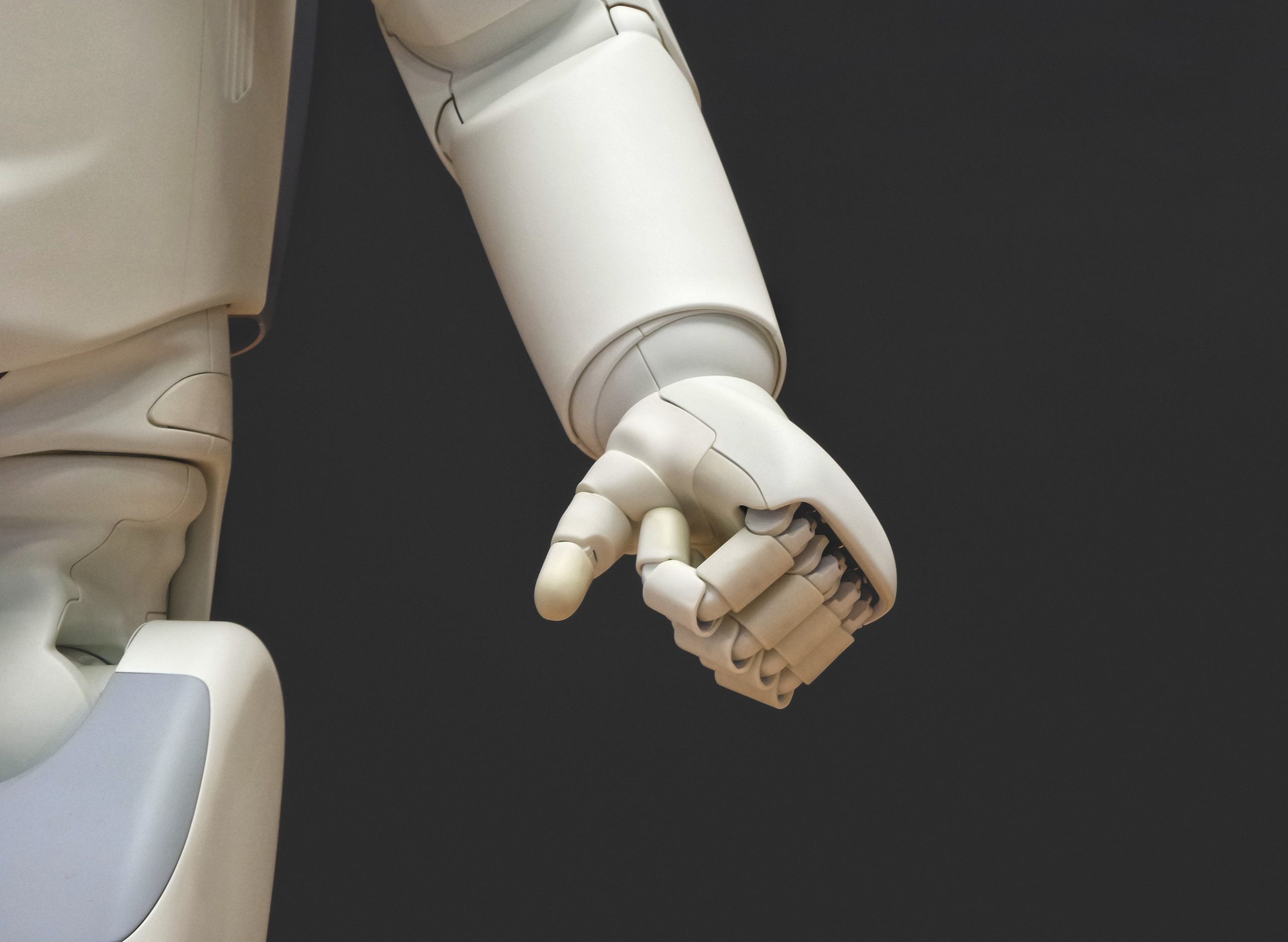“We have the ambition to test disaster recovery twice a year.” That’s not something anybody in a professional IT organization would say, is it? Ambition? I have the ambition to create a spam- and hate-speech-free Twitter alternative powered by unicorns and rainbows, but unless I act on my ambition, nothing will happen.
Nevertheless, critical Danish infrastructure was operated on that principle. The common login system that everything from banks to tax authorities to municipalities uses is operated by a company called Nets. They apparently got to write their contract with the state themselves because it contains the ridiculous “ambition” instead of an actual requirement.
They did run a test on May 28, 2020. They did not run a test in November 2020, as was their ambition. Nor in May or November 2021. Not even in May 2022 did they test it. So when they crashed the system in June 2022 due to undocumented changes and other unprofessional shenanigans, the disaster recovery unsurprisingly failed.
Please tell everyone this story. When you are done laughing at the incompetence of central Danish authorities and their vendors, make sure you are testing your own disaster recovery…


